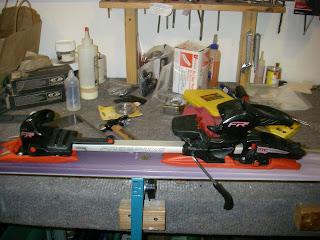
As a huge fan of floorless tents for 3-season camping, I’ve tried out many designs. My conclusion is that designers have yet to improve upon a flat tarp such as the White Lightning. I chose to go with the largest option, 10’ x 12’. It has a total of nine tie-off points, but sets up nicely using six of them. Trekking poles, kayak paddles, or even just downed limbs work great as poles, helping keep the weight to a minimum. At only 23 oz., it still will comfortably protect up to 5 campers in a full-on downpour…so long as the wind isn’t too erratic.
The best part of the large White Lightning is its versatility. It can be set up easily in an open field, or use nearby trees, rocks, your car, etc. It can be pitched high to cook under and hang out, then lowered for better protection while sleeping. If the wind picks up, lower one end to the ground to completely seal it off, then enter from the other. When the rain picks up on a group outing, most people just say goodnight and retreat to their tents. The White Lightning lets you stay social and comfortable when the weather turns, even on the ultralight expeditions.

































